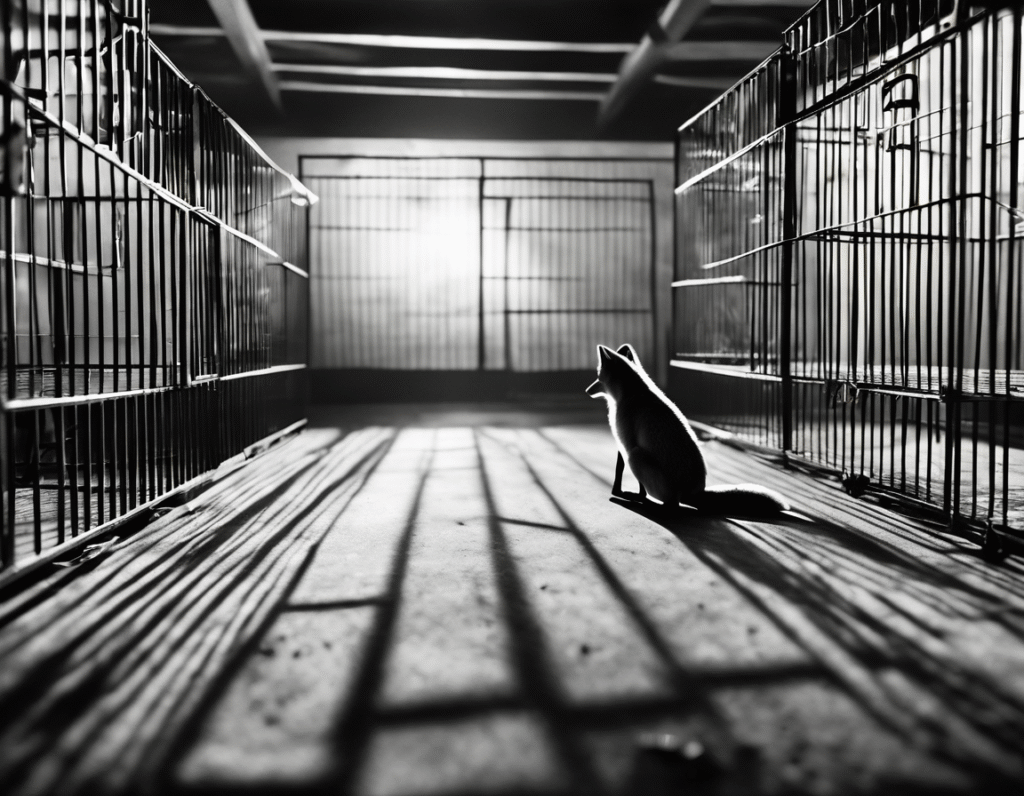Hollywood’s Creature Casting Crisis and the Rise of the AI Animal A quiet but profound shift is happening on film sets, one that is leaving traditional animal talent agencies with empty call sheets. The demand for real, living animal actors is plummeting, not because of a lack of animal-centric stories, but because of a new digital competitor artificial intelligence. A veteran animal trainer recently expressed surprise, noting that he had not received a single call for a woodpecker in three to five years. This is not an isolated case. The calls for all sorts of exotic and common creatures have dramatically slowed. The reason is increasingly found in the capabilities of generative AI and advanced computer graphics. Production companies are making a calculated pivot. Sourcing, training, housing, and insuring a live animal is a complex, expensive, and time-consuming process. There are inherent risks, from an uncooperative creature on a crucial shooting day to the ethical considerations of animal welfare on set. AI-generated animals, by contrast, offer a new level of directorial control. They can perform any action on command, appear in any situation without risk, and be perfectly replicated across countless takes. The financial and logistical appeal is undeniable. This technological displacement mirrors a larger trend of automation, but it strikes a particular chord. For decades, the appearance of a beloved animal actor was a special moment in cinema. Now, that living, breathing presence is being replaced by lines of code and algorithms. The new star system is digital. The implications are vast. For animal trainers and handlers, it represents a potential obsolescence of a skilled profession. The unique bond between trainer and animal, once central to creating movie magic, is no longer a required component. The entire ecosystem of animal casting, from agencies that specialize in porcupines to trainers for parrots, faces an uncertain future. Furthermore, this raises philosophical questions about authenticity in art. Is a perfectly rendered digital creation, devoid of the spontaneous quirks of a real creature, a worthy replacement? Proponents argue it allows for greater creative freedom, enabling stories that were previously impossible or unethical to film with live animals. Critics worry it further detaches the filmmaking process from the natural world, creating a sterile, perfectly controllable reality. This is not just about replacing a dog in a commercial. Advanced AI is now capable of generating entirely fictional creatures with realistic fur, feathers, and movement, or bringing long-extinct species back to life with stunning accuracy. The technology is evolving to the point where distinguishing a real animal from a synthetic one is becoming increasingly difficult for the average viewer. The entertainment industry is clearly voting with its wallet. The efficiency, safety, and cost-effectiveness of AI are overpowering the charm of working with live animal actors. This trend is still in its early stages, but the trajectory is clear. The age of the animal actor may be fading, giving way to the era of the algorithmically generated beast, a change that is reshaping not only how we make movies but also how we connect with the natural world through our stories.


